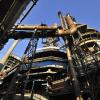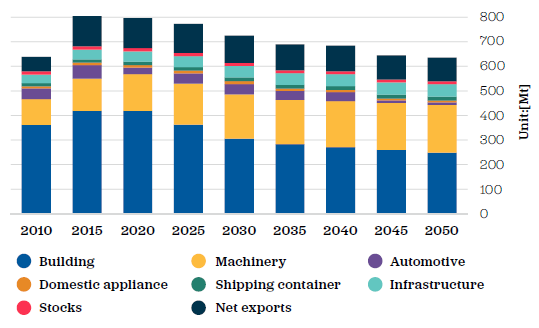
Options Summer 2020: An analysis of China’s iron and steel industry highlighted that the tradeoffs and co-benefits of energy and resource efficiency, climate, and air quality must be taken into account when designing plans and policies to achieve multiple targets.
Researchers from the IIASA Air Quality and Greenhouse Gases, and Water Programs are working to reduce emissions, and energy and water use, while still meeting material demand. Integrated Assessment Modeling (IAM) is one of the primary tools researchers have for forecasting the consumption of these resources, as well as emissions of greenhouse gases and air pollution on a meaningful scale.
The MESSAGEix model is one of the more accurate types of these models, while others often fail to take into account the complexity of manufacturing sectors.
The result is incomplete data that does not address linkages across subsectors and is therefore unrealistic and not helpful for informing policy. IIASA researchers integrated a Material-Energy-Water Flow analysis and a nexus approach into the MESSAGEix model to analyze China’s iron and steel industry.
The results showed that energy efficiency measures and structural changes in the country's steel industry will have large positive effects on material, energy and water use, as well as reductions of carbon emissions, but will have a negative effect on atmospheric particulate matter emissions and water withdrawals.
"It is necessary to improve state-of-the-art IAM to further improve the representation of demand subsectors with process scale and associated interactions across subsectors at national, regional, and global scales,” said study lead-author Shaohui Zhang. “The tradeoffs and co-benefits of energy and resource efficiency, climate, and air quality must be taken into account. It is our hope that policymakers will consider nexus effects when designing plans to achieve multiple targets.”
 © IIASA
© IIASA
Figure: Steel demand and production from 2010 to 2050.
